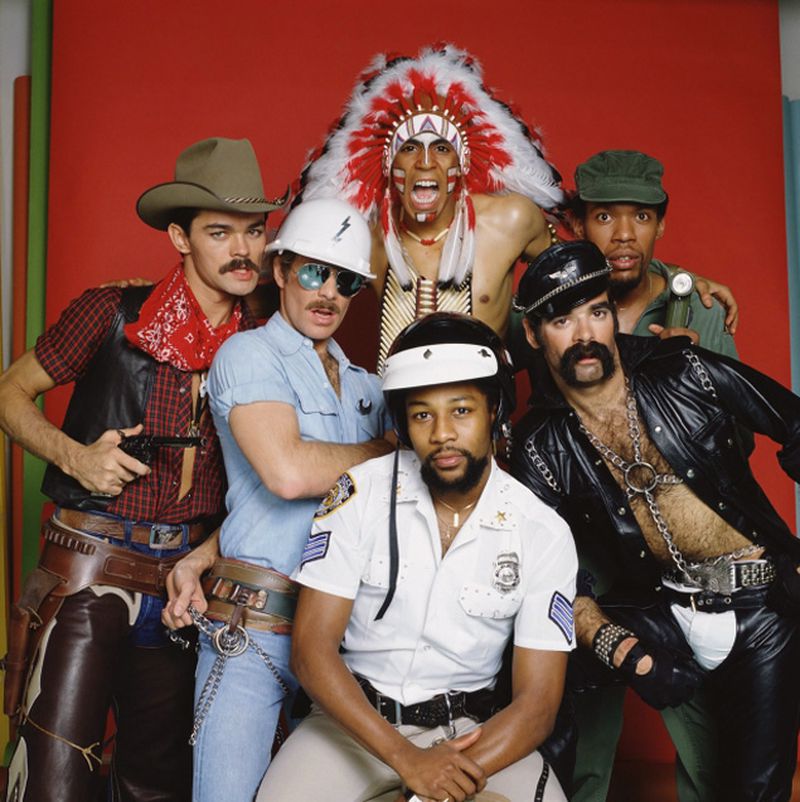In 1975, music producers Henri Belolo and Jacques Morali were on a mission to create a musical group that catered to the gay community. In an interview, Belolo asserted that he and Morali “talked to the gay community about what they liked, what they wanted to listen to musically, and what was their dream, their fantasy,” and the answer was a flamboyant, campy disco group (Pearlman). According to Belolo, he and Morali received their inspiration while strolling through New York City’s Greenwich Village, the epicenter of the Gay Rights Movement, where they “followed [a man dressed as an Indian] into a bar” (Pearlman). This man happened to be a bartender at a gay club, where he was “serving and dancing on the bar” (Pearlman). While this unfolded, they also noticed a cowboy dancing and watching the bartender, leading the following to take place according to Belolo:
Jacques and I suddenly had the same idea. We said, “My God, look at those characters.” So we started to fantasize about what were the characters of America. The mix, you know, of the American man… And we named it the Village People (Pearlman).

Pictured above are the Village People, which comprised of Alexander Briley (the soldier), David Hodo (the construction worker), Glenn Hughes (the leather man), Randy Jones (the cowboy), Felipe Rose (the Native American), and Victor Willis (the cop) (Stewart).
The group soared to popularity in the New York City’s gay disco scene, as well as mainstream, heterosexual America. In 1977, the group released their first album Village People, which had their first successful hit “San Francisco (You’ve Got Me)” (Wynn). Then, in 1978, they released two long play vinyl records titled Cruisin’ and Macho Man that proved to be major successes (Wynn). For example, Macho Man’s “Macho Man” peaked at #25 on the United States Billboard Hot 100 chart, while “Y.M.C.A.” on Cruisin’ peaked at #2 on the same chart (“Village People”; Wynn). Additionally, their success continued in 1979 with the release of Go West, for it had “In the Navy” and “Go West,” which peaked at #3 and #45 on the Billboard Hot 100 chart, respectively (“Village People”; Wynn). However, like many disco groups, they faded into the background in the 1980s. Even though the Village People lost their popularity, “Y.M.C.A.,” their most popular song, is still listened and danced to nationwide at events, such as weddings, baseball and football games, school events, and more.

The album cover for Cruisin’ (“Cruisin’ Album Cover”).